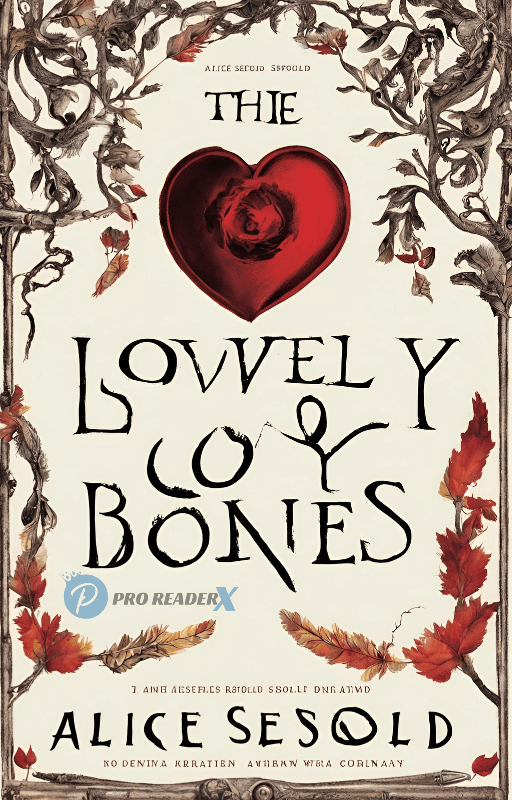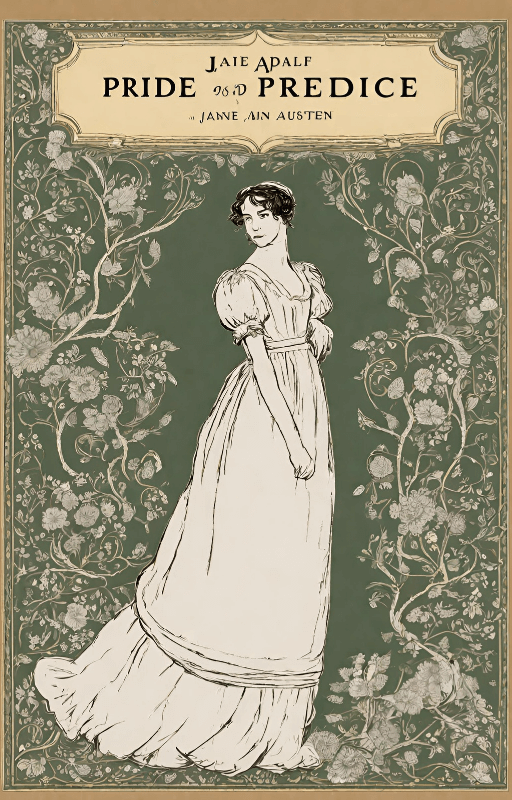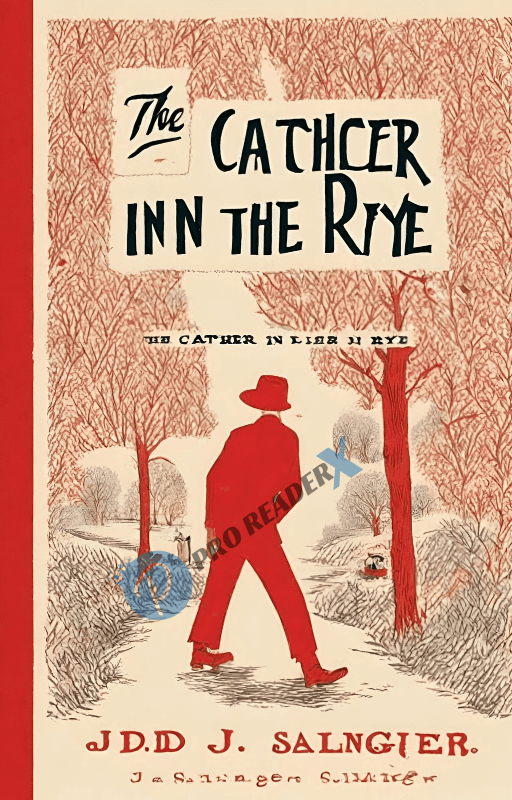Introduction
Alice Sebold’s “The Lovely Bones” captivates readers with its sad plot summary and intriguing characters. The narrative begins with the horrific murder of Susie Salmon, a little girl who narrates from the dead. Susie observes from her paradise, witnessing the consequences of her death on her family and friends in a suburban community. The tale beautifully balances sadness and optimism as Susie’s family tries to deal with their loss, and she longs for justice and resolution. Sebold’s hauntingly lyrical work covers grief, healing, and human perseverance. Join us on an emotional journey through “The Lovely Bones,” a story whose impact lasts long after the last page is turned.
Overview of “The Lovely Bones”
Background and Publication
Published in 2002, “The Lovely Bones” rapidly became a success, captivating the hearts and imaginations of people worldwide. Alice Sebold’s distinct narrative voice and fascinating tale capture your attention from the first page. The novel’s popularity prompted a cinematic adaptation 2009, directed by Peter Jackson.
Setting
The narrative takes place in Norristown, Pennsylvania, in the 1970s. It’s a suburban community that feels uncannily similar, contributing to the novel’s eerie reality. Sebold offers a striking image of this seemingly peaceful neighborhood, which becomes the setting for a heinous murder and its consequences.
Main Characters
Susie Salmon
Susie Salmon is the novel’s protagonist and narrator. Susie, who was tragically slain at the age of fourteen, observes from heaven as her family and friends try to move on without her. Her voice is innocent and insightful, providing an original view of life and death.
Jack Salmon
Susie’s father, Jack Salmon, is filled with grief and an unwavering desire for justice. His persistent assumption that Susie’s killer is someone they know sends him down a spiral of obsession and despair.
Abigail Salmon
Susie’s mother, Abigail, symbolizes a different method of dealing with grief. She emotionally and physically removes herself from her family, finding refuge in an affair and eventually abandoning them in an attempt to escape her suffering.
George Harvey
George Harvey is the terrifying adversary in the novel. His outer normality conceals a very troubled psyche. His encounters with the people give the story an element of suspense and horror.
Plot Summary
The Murder of Susie Salmon
The novel begins with a shock: Susie Salmon describes her violent death by George Harvey. This traumatic occurrence sets the tone for the rest of the story as we follow Susie’s adventures in the afterlife and the effects of her death on the people she left behind.
Susie in the Afterlife
Susie looks over her loved ones from her unique paradise. Her afterlife is not typical; her wishes and memories fashion it. From this vantage point, Susie offers a moving and even upsetting commentary on the living world.
Family and Friends Coping
The Salmon family is devastated by Susie’s death. Jack’s compulsive pursuit of the killer affects his marriage and relationships. Abigail’s estrangement creates a vacancy in the family, notably for Lindsey, Susie’s sister, who fights to fill the voids left by her parents.
George Harvey’s Downfall
George Harvey’s strange, deliberate behavior continues as he avoids scrutiny. However, the community gradually begins to put together his terrible secrets. The tension rises as Jack’s suspicions grow, and Lindsey comes perilously near the truth.
Susie’s Final Farewell
In a genuinely poignant conclusion, Susie can briefly return to Earth, putting her journey to a close. She guides her family toward recovery and ensures that George Harvey does not harm anybody else. Susie’s final gesture of love and protection sums up the novel’s themes of perseverance and optimism.
Themes and Motifs
Grief and Loss
Grief is central to “The Lovely Bones.” The characters’ reactions to Susie’s death are emotional and honest depictions of sorrow. The story investigates how loss may break and strengthen ties among those left behind.
The Afterlife
Sebold’s portrayal of the afterlife is distinct and intriguing. It’s a personal area representing Susie’s unmet goals and remaining links to the outside world. This image provides consolation and a sense of continuation beyond death.
Family Dynamic
The dynamics of the Salmon family are essential to the story. The pressure of loss reveals underlying tensions while emphasizing the strength and love that binds them. Each family member’s road to rehabilitation demonstrates the enduring power of familial relationships.
Justice and Forgiveness
Justice in “The Lovely Bones” is complicated and nuanced. While formal justice is complex, the story implies that human closure and forgiveness are just as vital. Susie’s quest to accept her situation and assist her family in moving ahead exemplifies this concept.
Critical Reception
Commercial Success
“The Lovely Bones” was an immediate commercial success. It spent more than a year on the New York Times bestseller list, captivating readers with its emotional depth and intriguing plot.
Critical Acclaim and Criticism
Critics complimented Sebold’s narrative and the novel’s distinct viewpoint. However, others felt the representation of the afterlife and the plot’s outcome contentious. Despite this, “The Lovely Bones” is a significant and influential book in contemporary literature.
Conclusion
Alice Sebold’s “The Lovely Bones” is more than just a book about grief; it is a meditation on life, death, and the links that bind us. Through Susie’s eyes, we see the everlasting power of love and the human ability for perseverance. If you have not read this beautiful narrative, now is the time to start.
FAQs
Q1. What prompted Alice Sebold to write “The Lovely Bones”?
Alice Sebold was motivated by her own horrible experience of being raped in college. Her personal experiences with trauma and rehabilitation had a significant impact on the novel’s emotional depth and topics.
Q2. Is “The Lovely Bones” based on a true story?
“The Lovely Bones” is a work of fiction. However, its representation of mourning and the emotional problems that follow a catastrophe is based on genuine, universal experiences.
Q3. How is the book different from the film adaptation?
While the film version retains the novel’s idea, it deviates from plot elements and character development. Notably, the film focuses more on the visual features of Susie’s afterlife.
Q4. What are the key themes in “The Lovely Bones”?
The major themes include sorrow, loss, the afterlife, family dynamics, justice, and forgiveness. The story examines these issues through the prism of Susie Salmon’s sad death and her family’s following journey.
Q5. Why is the title “The Lovely Bones”?
The term alludes to the symbolic “bones” or foundations that emerge after Susie’s death. These “lovely bones” represent the new ties and strengths that emerge as her family and friends deal with their loss.






